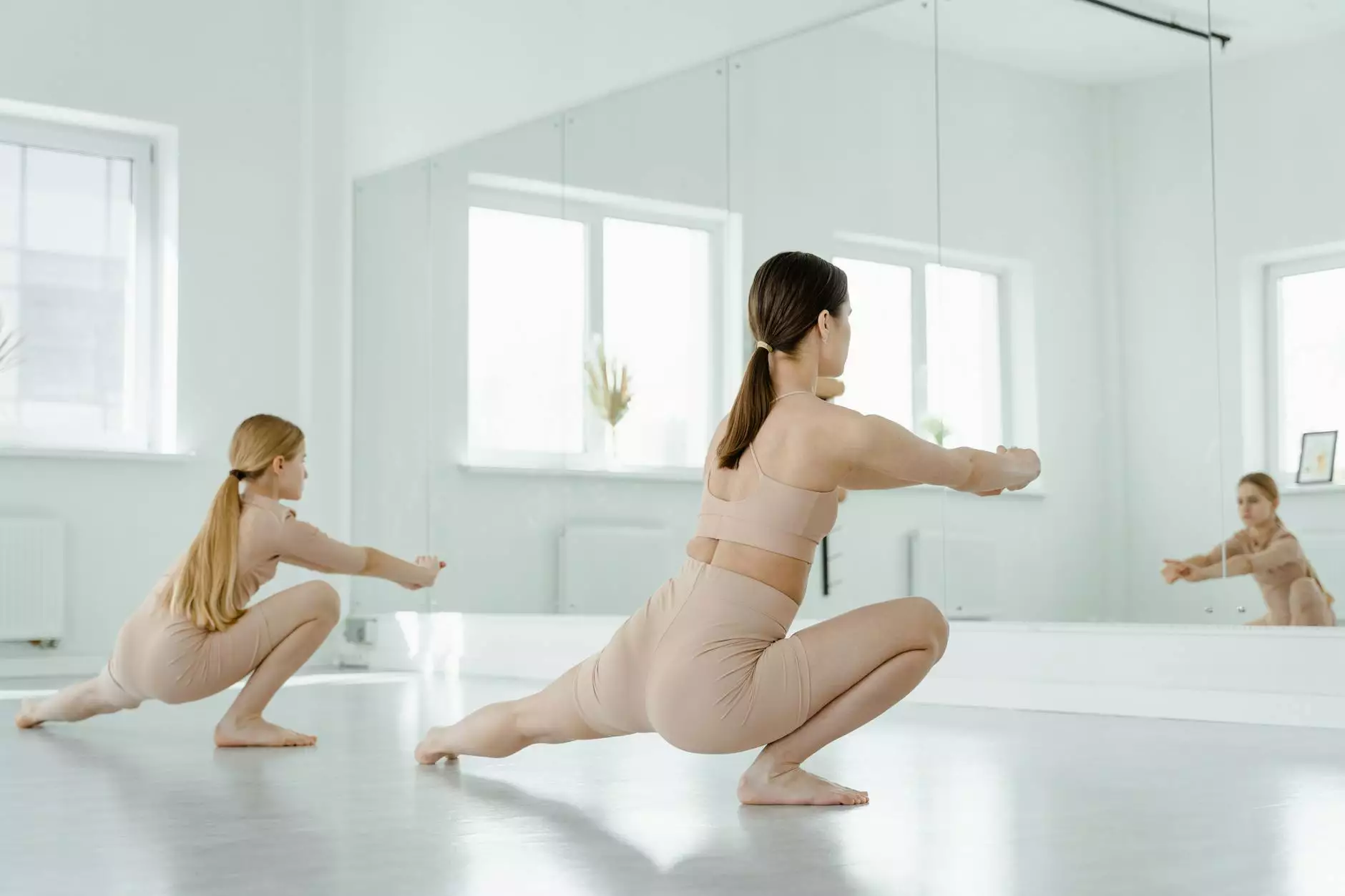Postnatal Pilates for Diastasis Recti: Strengthening Your Core After Pregnancy

Postnatal Pilates is an essential practice for new mothers, particularly for those experiencing diastasis recti. This condition, characterized by the separation of the abdominal muscles, can be a common challenge during the postpartum period. Engaging in specialized Pilates exercises can not only aid in healing but also enhance overall core strength and stability. In this comprehensive guide, we'll delve into the benefits of postnatal Pilates, effective exercises, and important considerations for managing diastasis recti.
Understanding Diastasis Recti
Diastasis recti occurs when the connective tissue between the left and right sides of the rectus abdominis muscle stretches excessively. This often happens during pregnancy due to the growing uterus putting pressure on the abdominal wall. Symptoms may include:
- Visible bulge: A noticeable protrusion in the middle of your abdomen.
- Lower back pain: Increased strain on the back muscles due to weak core support.
- Difficulty with movement: Challenges in performing day-to-day activities.
Understanding this condition is crucial for new mothers aiming to restore their core strength. Fortunately, postnatal Pilates focuses on rebuilding abdominal integrity in a gentle yet effective manner.
The Benefits of Postnatal Pilates for Diastasis Recti
Engaging in postnatal Pilates offers numerous benefits specifically tailored for women experiencing diastasis recti:
- Strengthens Core Muscles: Targeted exercises help re-establish strength in the abdominal muscles.
- Improves Posture: Pilates promotes awareness of body alignment, which is essential after pregnancy.
- Enhances Flexibility: Postnatal Pilates encourages flexibility in both the abdominal muscles and overall body, aiding recovery.
- Boosts Mental Well-being: Engaging in physical activity can help alleviate postpartum depression and anxiety.
- Promotes Diaphragmatic Breathing: Breathing techniques learned in Pilates can enhance relaxation and core engagement.
Effective Postnatal Pilates Exercises for Diastasis Recti
Before beginning any exercise regimen, it is important to consult with a healthcare provider, especially if you have been diagnosed with diastasis recti. Below are some effective Pilates exercises specifically designed to help:
1. Pelvic Tilts
This foundational exercise helps to engage the core while being gentle on your body.
- Begin by lying on your back with your knees bent and feet flat on the floor.
- Inhale deeply and as you exhale, gently tilt your pelvis upward, flattening your lower back against the mat.
- Hold for a few seconds, then return to the starting position.
2. Knee Folds
Knee folds are essential for re-establishing core engagement.
- Start in the same position as before.
- As you exhale, take a deep breath and lift one knee toward your chest, keeping your core engaged.
- Alternate legs, maintaining a neutral spine throughout the movement.
3. Modified Plank
Building strength through the plank position can be beneficial for overall core stability.
- From a tabletop position (hands beneath shoulders, knees beneath hips), engage your core.
- Extend one leg back, followed by the other, creating a straight line from head to heels.
- Hold this position for 10-30 seconds, focusing on breathing and maintaining alignment.
4. Chest Lift
This exercise helps target the upper abdominal muscles while avoiding excessive strain.
- Lie on your back with your knees bent and feet flat on the floor.
- Place your hands behind your head, engaging your core.
- As you exhale, lift your head, neck, and shoulders off the mat, gazing toward your knees.
- Hold for a few seconds before slowly lowering back down.
Important Considerations When Practicing Postnatal Pilates
While postnatal Pilates is beneficial, there are a few essential considerations to keep in mind:
- Listen to Your Body: If you experience pain or discomfort, stop the exercise and consult a professional.
- Focus on Slow Movements: Quality over quantity—engage in smooth, controlled motions for maximum benefit.
- Stay Hydrated: Ensure proper hydration before, during, and after your sessions.
- Consistency is Key: Regular practice is essential for optimal results—aim for multiple sessions weekly.
Combining Postnatal Pilates with Professional Guidance
Joining a postnatal Pilates class that specializes in diastasis recti recovery can significantly enhance your practice. Trained instructors can offer personalized modifications and ensure that you are executing movements safely and effectively. Furthermore, combining Pilates with other forms of physical therapy can lead to optimized recovery.
Conclusion
Postnatal Pilates is an invaluable resource for mothers recovering from childbirth, particularly for those dealing with diastasis recti. By incorporating specialized exercises and being mindful of your body's needs, you can restore your core strength, improve your posture, and enhance your overall well-being. Remember, patience and consistency are crucial to achieving the best results. For more information on postnatal care and Pilates classes, visit HelloPhysio.sg for resources tailored to your needs.
postnatal pilates diastasis recti








